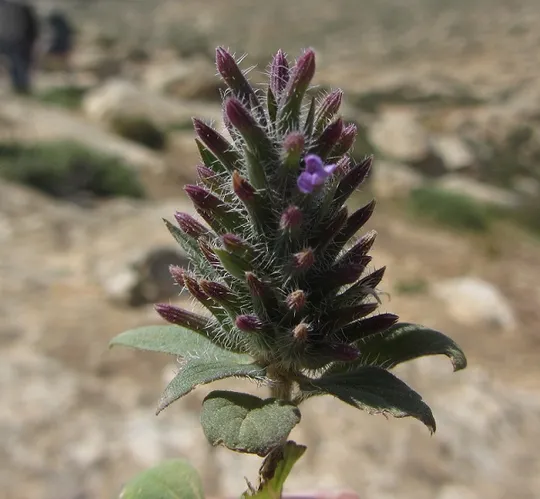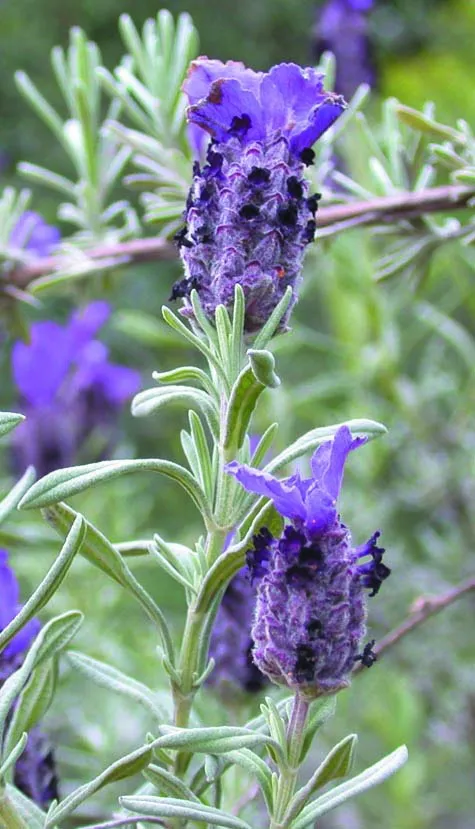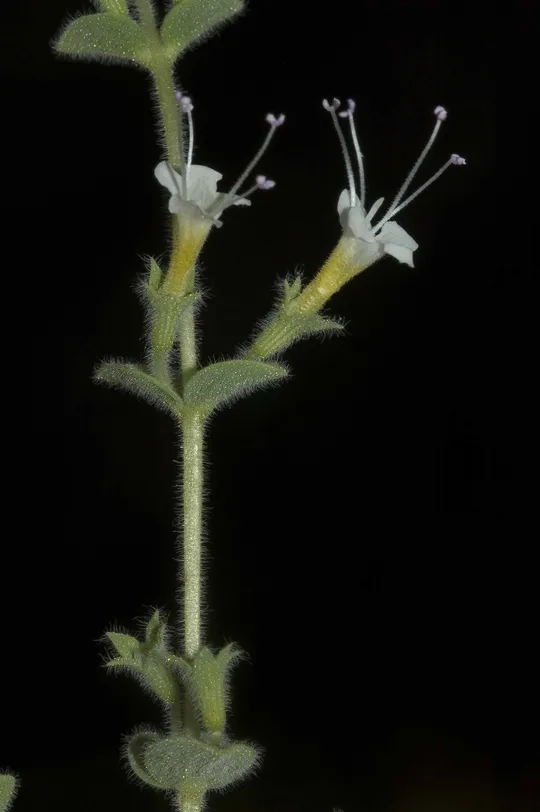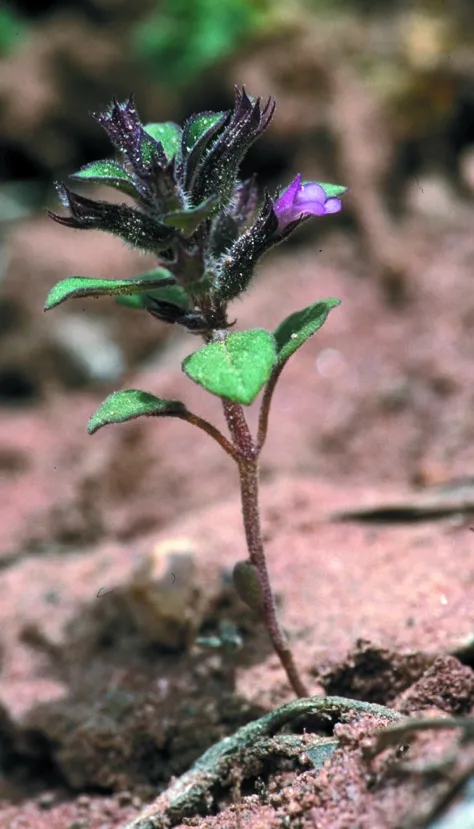Round-toothed Ironwort
Sideritis curvidens
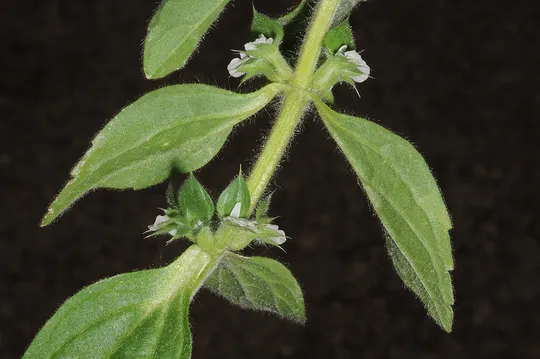
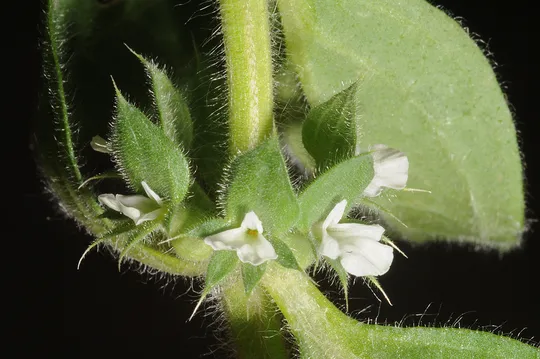
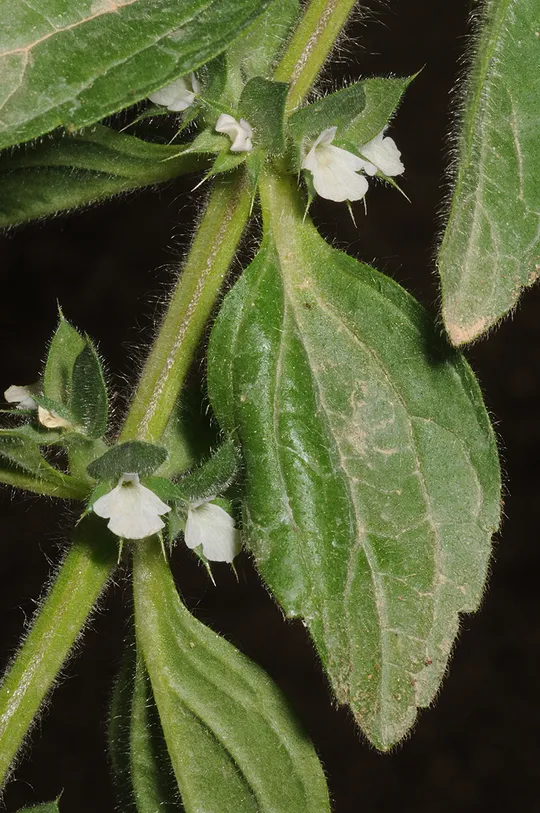
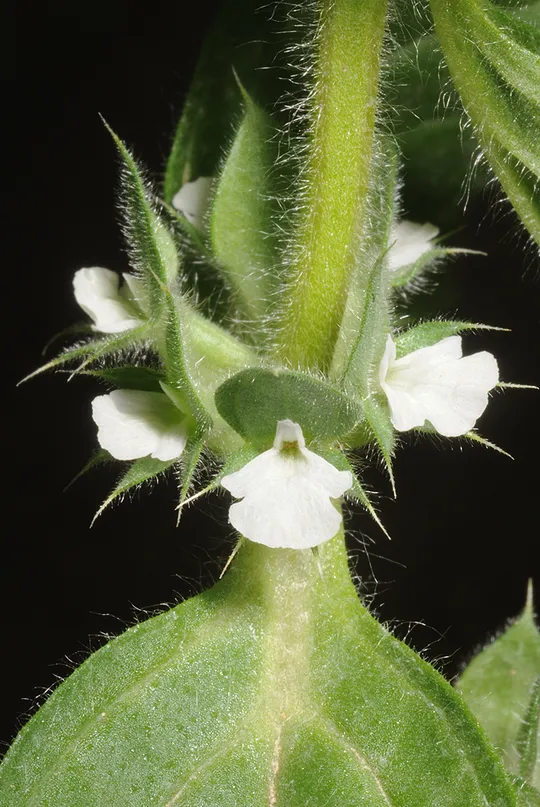
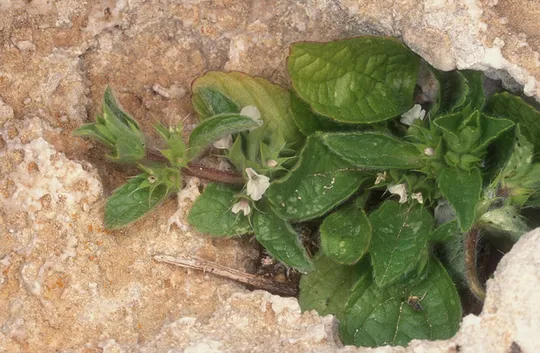
Sideritis curvidens grows at a single site in a single region in Israel – the Upper Galilee. Aviva Rabinovich first discovered the species in Israel in 1997 west of Eshhar Ruins on the edge of Route 89 between Kabri and Ma’alot. The plants were in bloom there on May 7, 1997and produced fruit and seeds at the end of May. Forty-five plants were counted in two close 5 square meter patches. A year later hundreds of plants was counted at exactly the same site. S. curvidens was also collected on Mount Hermon, where it grows in the montane zone at an altitude of 1600-1740m in conditions completely different from those existing in the Upper Galilee.
Clearings in degraded woodland dominated by Quercus calliprinos and Phillyrea latifolia at low altitudes (190 m) on hard limestone rock and terra rossa soil pockets.
The genus Sideritis includes 100 species that grow in temperate areas. S. curvidens belongs to a unique and small section of the Sideritis genus, Sec. Hesiodia, which includes minuscule annual species whose distribution center is in the eastern Mediterranean. There are four different species in the “Hesiodia” section in Turkey, and the scientist studying them emphasized the taxonomic difficulties and the difficulty in distinguishing between the species. There is data from Mt. Hermon in the literature (Feinbrun and Danin, 1991) regarding three annual species in the section (S. remota, S. Montana and S. curvidens) and they could possibly be considered as a single taxon. S. lanata is another species in the “Hesiodia” section that grows in Turkey, but was described from somewhere in “Palestine”.
In our region there are representatives of four different Labiatae genera that have erect dwarft annual species (4-7 cm): Ziziphora capita (and Z. tenuior), Stachys woronowii, Sideritis curvidens and Acinos rotundifolius. All have similar pink flowers and leaves that are longer than the flowers, but the shape of their calyx is different: in the genus Ziziphora the calyx tube is very narrow and not obviously bi-labial. In the genera Acinos and Stachys, on the other hand the calyx teeth are clearly bi-labial. In Acinos there are two teeth in the upper labellum of the calyx, while Sideritis has only one broad and straight upper tooth.
• Sideritis curvidens is found in only a single site in Israel, at the edge of a major highway that is subject to construction activity, trash disposal and overgrazing.
• At this time only a single population has been found in Israel (except the Hermon population, which may be another species), with very few plants. This is an annual genus, in which demographic fluctuations in a small population can easily lead to extinction. Random earthworks can also destroy the species' seed bank.
• The plant is not found in a nature reserve.
A detailed field survey should be conducted in the Betset Stream and the Eshhar Ruins to locate and map the Sideritis curvidens population. The population should be demographically monitored and the site declared a nature reserve (this is also the only site in In Israel for Crepis zacintha, which is also a “red” species). The seed bank of S. curvidens should be studied at the site where it is found. At this time, it is not advisable to introduce S. curvidens to another site.
Sideritis curvidens is found in the eastern Mediterranean Basin: Greece and its islands, Cyprus, Lebanon, northern Gil’ad and northern Israel.
Sideritis curvidens is a minuscule herbaceous annual, which is endangered in Israel because of its location at a single site and its small population size, which is apparently subject to strong annual fluctuations. Additional field surveys are required to locate additional populations, a long term demographic study should be conducted and the characters of the S. curvidens seed bank should be studied.
Current Occupancy Map
| 1000 squre meter pixel | 5000 squre meter pixel | 10000 squre meter pixel | |
|---|---|---|---|
| number of observations | 0 | 0 | 0 |
| in total pixels | 0 | 0 | 0 |
| Family | Lamiaceae |
| Classification | On the endangered species list |
| Ecosystem | Mediterranean |
| Chorotype | Eastern Mediterranean |
| Conservation Site | Eshhar Ruins near Betset Stream |
| Rarity |
1
6
6
|
|---|---|
| Vulnerability |
0
0
4
|
| Attractiveness |
0
0
4
|
| Endemism |
0
0
4
|
| Red number |
1
3.7
10
|
| Peripherality | N |
| IUCN category | DD EW EX LC CR EN VU NT |
| Threat Definition according to the red book | Vulnerable |
 Based on:
Based on:
